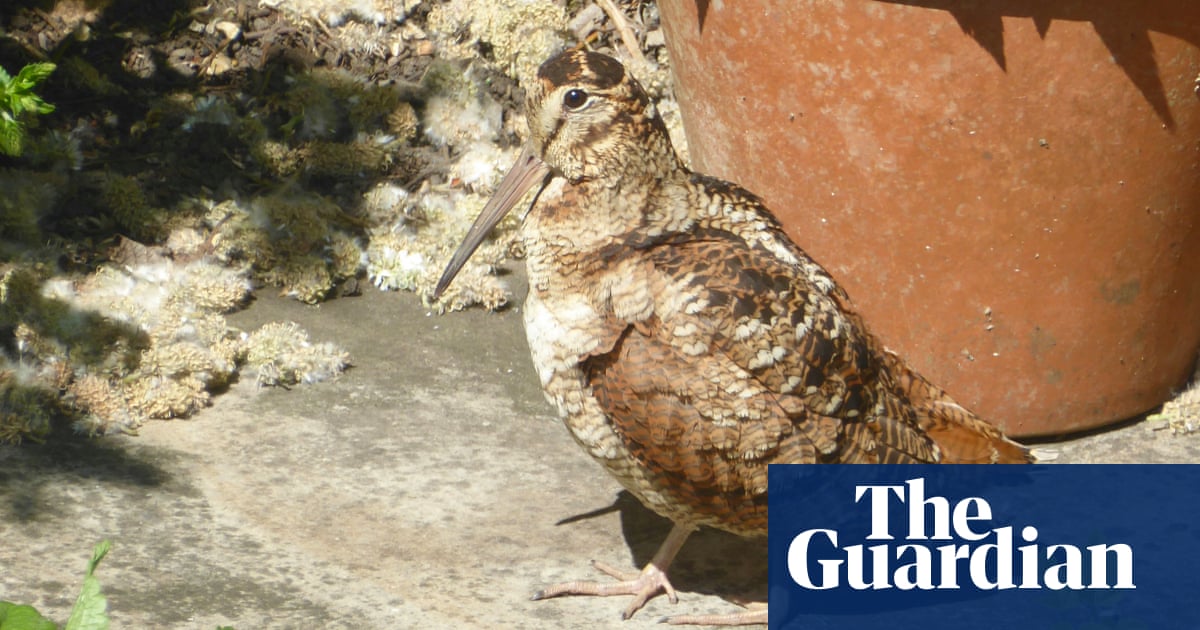
Due to the unseasonably mild temperatures we’ve been experiencing, hedgehogs are still sporadically visiting the garden feeding station, and it’s not unusual to find a variety of other creatures sheltering inside – the odd blood-engorged tick that has dropped off its hedgehog host, rabbit hutch spiders (Steatoda bipunctata), garden (Arion hortensis) and leopard (Limax maximus) slugs, and several species of woodlouse.
Common rough woodlice (Porcellio scaber) are most prevalent. There are usually a dozen or more congregating in the damp crevices between the lid and walls, or searching for food – while their diet consists largely of decomposing plant material, they are also partial to biscuit crumbs, hedgehog faeces and the degrading chipboard floor.
As I opened the box one evening, a horde of woodlice erupted, cascading down the walls and scrambling over each other as they fled from the light. Clusters of 2mm-long white juveniles surrounded several of the light grey, dimple-backed adults.
Females breed up to three times a year, producing between 12 and 36 eggs. They hatch their offspring in a marsupium – a brood pouch similar to that of a kangaroo. Juveniles emerge after their first moult, but remain with their mother for several months, until they reach maturity.
As terrestrial isopods don’t have a waxy cuticle, they are susceptible to drying out, particularly the vulnerable young. Research suggests that aggregation is a mechanism of resistance to desiccation, reducing the rate of water loss due to a decrease in the surface area/volume ratio of the group.
A faint scent reminiscent of rotting fish and stale sweat emanated from the colony. Woodlice don’t urinate; instead they excrete waste through their exoskeleton in the form of ammonia gas, and it’s this unpleasant odour that inspired vernacular names including stinky pigs, pissibeds, pishamares, and cheesy bugs/bobs.
While most of the woodlice retreated, a few individuals froze. As I set down the food bowl, I gently nudged them out of the way. Rather than relying on their armour-plated shells for protection, they rolled on to their backs and played dead. Once they had determined that the danger had passed, they flailed their 14 legs, flipped over, and scurried into the shadows.












